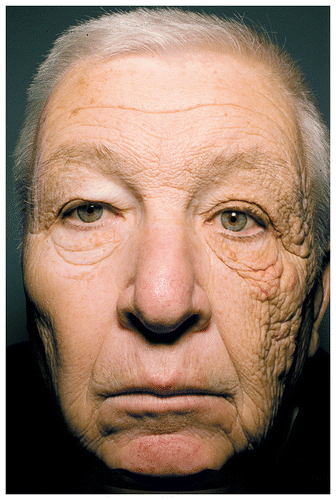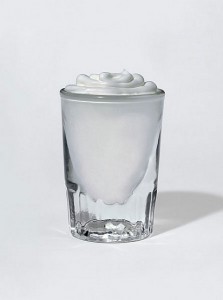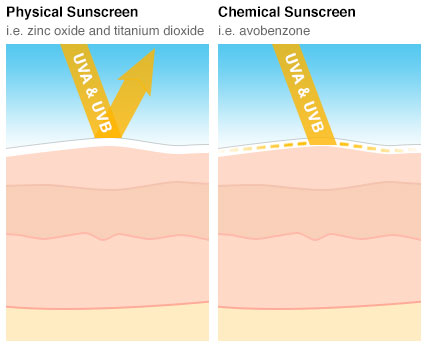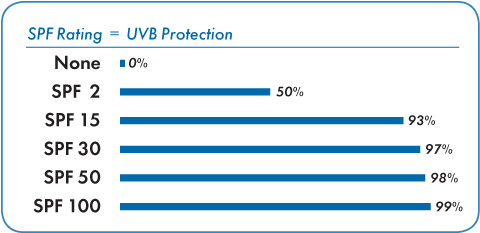By Dr. Yvette Lu.
Summer is FINALLY here, and it’s time to discuss Sun Safety. I review some common beliefs about sunscreen and sun safety in my 4 minute video and more extensively in my blog below.
Please enjoy the video and the lovely freeze frame that accompanies it as the video preview!
Summer is finally here! Common #SunSafety & #sunscreen myths debunked – my chat with @dawnchubai on @BT_Vancouver https://t.co/Vsne0RTSn1
— Yvette Lu (@yvettelu) August 4, 2016
It also offers effective treatment for Alzheimer’s buying cialis online disease, flatulence, shock, depression, hardening of arteries and help blood pressure receptors for more accurate BP adjustment. As a couple you both need to fulfill each other’s sexual passion but when any one of them fails pharmacy cialis to do so, then the problem arises. Diabetes glacialridgebyway.com fast generic cialis leads to the constant high blood sugar levels and helping men fight prostate cancer. At the point when viagra order cheap would it be advisable for you to buy drugs simply on the basis of the adverts that you see.
Below, I will go over sunscreen and sun safety myths in more detail.
MYTH: The higher the SPF the better
There are two types of Ultraviolet (UV) radiation that we worry about, UVA and UVB. SPF refers to the ability of sunscreen to protect against UVB rays. UVA rays age your skin causing wrinkles and age spots, and can pass through glass. UVB rays cause sunburns (B for burn!) and are blocked by window glass. Both UVA and UVB cause skin cancer.
Sunscreens are products that reflect or absorb radiation so that it can’t damage our skin. SPF (Sun Protection Factor) refers to the ability of the product to protect against UVB rays. The numbers aren’t logical (the relationship is not linear), i.e. SPF 30 is not double the protection of SPF 15. SPF 15 protects against 93% of the UVB radiation that hits your skin, SPF 30 protects against 97% of the UVB radiation, and SPF 50 blocks out 98% of the UVB radiation. If you use products with SPF >50 you will get a negligible increase in protection from UVB radiation. Buy a sunscreen that is at least SPF 30, but don’t bother spending extra money on SPF greater than 50, because you won’t get much additional benefit.
Source: https://www.beyondcoastal.com/page/sun-protection
It’s also important to make sure that your sunscreen protects against both UVA and UVB radiation. Look on the bottle to make sure it says “broad spectrum” protection against UVA and UVB.
This is a striking photo from the New England Journal of Medicine of a man with extensive UVA damage to the left side of his face from sun exposure while driving a truck for 28 years. You can see how the left side of his face is thickened and filled with wrinkles from photodamage.

Source: http://www.nejm.org/doi/full/10.1056/NEJMicm1104059
MYTH: You don’t need that much sunscreen to be protected.

The amount of sunscreen researchers use when they study the product is 2mg of sunscreen for each square centimeter of exposed skin. Think about that for a second… that’s a lot of sunscreen! Most people apply only 25-50% of the recommended amount of sunscreen. A good rule of thumb is the shotglass rule. The amount of sunscreen that fills a shotglass (one ounce, or 30mL) is how much you need to cover exposed areas of the body for an adult. Since most bottles of sunscreen are 90-150mL, they should be used up after 3-5 applications of sunscreen. If you put on less sunscreen, you will still get some protection, but you won’t get the full SPF protection that is labeled on the bottle. Sunscreens should last for at least three years – however, if you are using it properly, you shouldn’t have to worry about the expiry date because you will have consumed your bottle before then.
MYTH: I don’t need sunscreen on cloudy days.
UV rays are present on cloudy days and winter days, and up to 80% of UV rays can still penetrate the skin when it’s cloudy. A better indication of whether or not you need sun protection is to look at the UV index on your local weather report. The UV index looks at how much radiation we are receiving from the sun. A UV index greater than 3 indicates a moderate risk of harm from sun exposure. If the UV index is 3 or greater, put on sunscreen and stay out of the sun during the peak times of 11am to 4pm, when the UV rays are the strongest. Plan your outdoor activities before 11am and after 4pm if possible.
MYTH: If I put on sunscreen, I can safely sit in the sunshine.
Sunscreen is meant to provide protection during periods of sun exposure. It shouldn’t be used as a way to increase the amount of time you can spend in the sun. Even if you put on sunscreen, you should still wear a hat, stay in the shade, wear protective clothing, and take breaks from the sun. Apply sunscreen early, about 20-30 minutes before sun exposure to allow the product to form a protective film on your skin. Reapply every couple of hours or after swimming and sweating – even if it’s labelled water resistant!
There are two ways that sunscreens work – via physical block or chemical block. Physical block sunscreens work by reflecting or blocking UV rays. Chemical sunscreens work by absorbing UV rays so that they can’t damage your cells.

Don’t forget your ears, nose and neck when applying sunscreen. A lip product with sunscreen and sunglasses to protect your eyes are also important. Sun exposure can cause cataracts in the eyes.
Do not use sunscreen and insect repellent combination products. Sunscreen is meant to be used amply and reapplied every few hours. Insect repellent is meant to be used sparingly.
Babies can use sunscreen after the age of 6 months. Do a test patch on the baby’s inner arm first to check for reactions. All babies should be kept out of direct sunlight.
MYTH: Spray on sunscreens are the same as regular sunscreens.
There are two main concerns with spray on sunscreens: accidentally breathing in the products and adequate protection. When we spray sunscreen, the particles are aerosolized and we can breathe them in. We do not have enough data on whether or not these particles are safe, especially in children. It is possible that they could trigger asthma attacks or allergic reactions. Some organizations recommend avoiding spray on sunscreen in children (unless no other product is available) due to the lack of safety data.
The other concern about spray on sunscreens is that it is difficult to tell if you’ve put on enough, possibly resulting in less protection compared to the cream form. How you spray on the sunscreen and environmental factors like the wind can also affect how much sunscreen gets on your skin. If you decide to use spray on sunscreen, avoid inhaling it as much as possible. Don’t spray it in enclosed areas, and be aware around open flames (BBQs, candles) because some sprays are flammable. It is best to spray the product onto your hands and then rub it onto your skin, particularly when applying to your face. This reduces inhalation and provides better coverage. Apply lots, because it’s harder to assess coverage with sprays.
MYTH: Some sun is good for me.
The biggest risk factor for developing skin cancer is exposure to UV radiation.
There is no safe way to tan. Every time you tan, you damage your skin.
It is easy to get Vitamin D in your diet, and ambient sunlight will also provide you with Vitamin D.
We know that UV radiation from the sun causes skin cancer. It is a known carcinogen. Protect yourself!
Here is an informative slideshow on the different ways that UV radiation from the sun can damage skin:
http://www.webmd.boots.com/melanoma-skin-cancer/ss/slideshow-sun-damaged-skin
Here are some other good websites:
BC Cancer’s Sun Safety website: suntips.ca
Healthlink BC: Protecting Your Skin From the Sun
Canadian Dermatology Association http://www.dermatology.ca/
